One of the intriguing things about a picture book is how the words and the pictures work together to create a story that neither by themselves could make. If you haven’t had a chance to see how this works in Sophie’s Squash, pick up a copy. It’s a lot of fun. Many thanks to Anne Wilsdorf, the artist who illustrated Sophie’s Squash, for talking to me about this process. Anne lives in Lausanne, Switzerland.
 Mylisa: One of the things I love about your books is that you take advantage of all the places where illustrations can tell the story. For example, you often illustrate the endpapers as you did in Sophie’s Squash.
Mylisa: One of the things I love about your books is that you take advantage of all the places where illustrations can tell the story. For example, you often illustrate the endpapers as you did in Sophie’s Squash.
Anne: Yes. A book is not just something you consume and throw away. It’s a whole world. You enter into that world when you enter the book. So it has to be complete–from the cover all the way to the endpapers. I think when it is complete, it allows you to be in the world of that book.
Mylisa: When a child and an adult are reading a picture book together, the adult is often reading the words but as each page is turned, the child is reading the pictures. Another thing I love about your illustrations is that there is so much detail for the child to read. And one thing that is often going on in your books is that there will be a cat kind of having his own adventures in the book. Which makes me wonder: do you have a cat?
Anne: I thought you might ask about that. Yes, I have two cats. I have always lived with cats. I love the way they look at the world. But they don’t talk so we don’t know what they are thinking. They have their own story. When I put them in a book, they are like someone who comments on the story. They are another point of view.
Mylisa: I’m sure in each book, there are spreads that are your favorites. . .
Anne: There are always favorite pictures where you were able to express something that you wanted to express. I think my favorite part is that I love not only drawing the actions of the characters but translating their emotions. You use gestures or how a character uses her body to show those feelings and emotions. How you put your hands, how you place your feet. It’s just like theater.
Mylisa: And I think you do translate those emotions so beautifully in Sophie’s Squash. For instance, Sophie’s protectiveness and horror when her mother suggests they cook the squash. And then that lovely picture where Sophie has both of her hands on the windowpane and she’s looking out at the snow, worried about her squash, Bernice.
Mylisa: What are a few books that you loved as a child?
Anne: Oh, there were so many, so many.
I loved Tomi Ungerer. I always had his books first. We lived in Africa then and we had a big family–5 children. We were always together. When we had books, it was such a joy, incredible.
I loved the books of Wilhelm Busch. His Max and Moritz books. They are about two boys who do things that are very wrong, very naughty.
Mylisa: How did you begin to illustrate children’s books?
Anne: Since I was a child, I always loved to do books for family, for my sisters. I just kept going. It was natural for me.
I think it’s a way to know the world. When you are in your imagination, you are free to interpret the world. It gives you a very good feeling, a superwoman feeling.
Mylisa: Do you prefer working in traditional media or digitally?
Anne: I like the manual work. I like doing the drawings.
But I don’t hate the computer. I think that could be an interesting way to do things. I just haven’t done it.
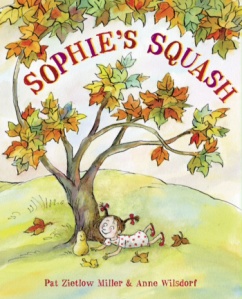 Anne: I have something I would like to add about Sophie’s Squash. I love the story because it’s not so cute. So often in books we make things how we wish they were. In this story, there’s a problem because the squash is going rotten. This I love. We are very sad with the little girl and then we are very happy with her.
Anne: I have something I would like to add about Sophie’s Squash. I love the story because it’s not so cute. So often in books we make things how we wish they were. In this story, there’s a problem because the squash is going rotten. This I love. We are very sad with the little girl and then we are very happy with her.
We are like Sophie in this book. I like to show many things in her room. How Sophie manages these objects, how she arranges them, helps us know her. I like to put her drawings on the wall. She is thinking about her squash. She is drawing her squash.
Many thanks to Anne for both the interview and the art. If you want to see a happy marriage between text and pictures, check out Sophie’s Squash.
 Mylisa Larsen has been telling stories for a long time. This has caused her to get gimlet-eyed looks from her parents, her siblings and, later, her own children when they felt that certain stories had been embellished beyond acceptable limits. She now writes children’s books where her talents for hyperbole are actually rewarded.
Mylisa Larsen has been telling stories for a long time. This has caused her to get gimlet-eyed looks from her parents, her siblings and, later, her own children when they felt that certain stories had been embellished beyond acceptable limits. She now writes children’s books where her talents for hyperbole are actually rewarded.
She is the author of the picture books, How to Put Your Parents to Bed (Katherine Tegen Books) and If I Were A Kangaroo (Viking.)




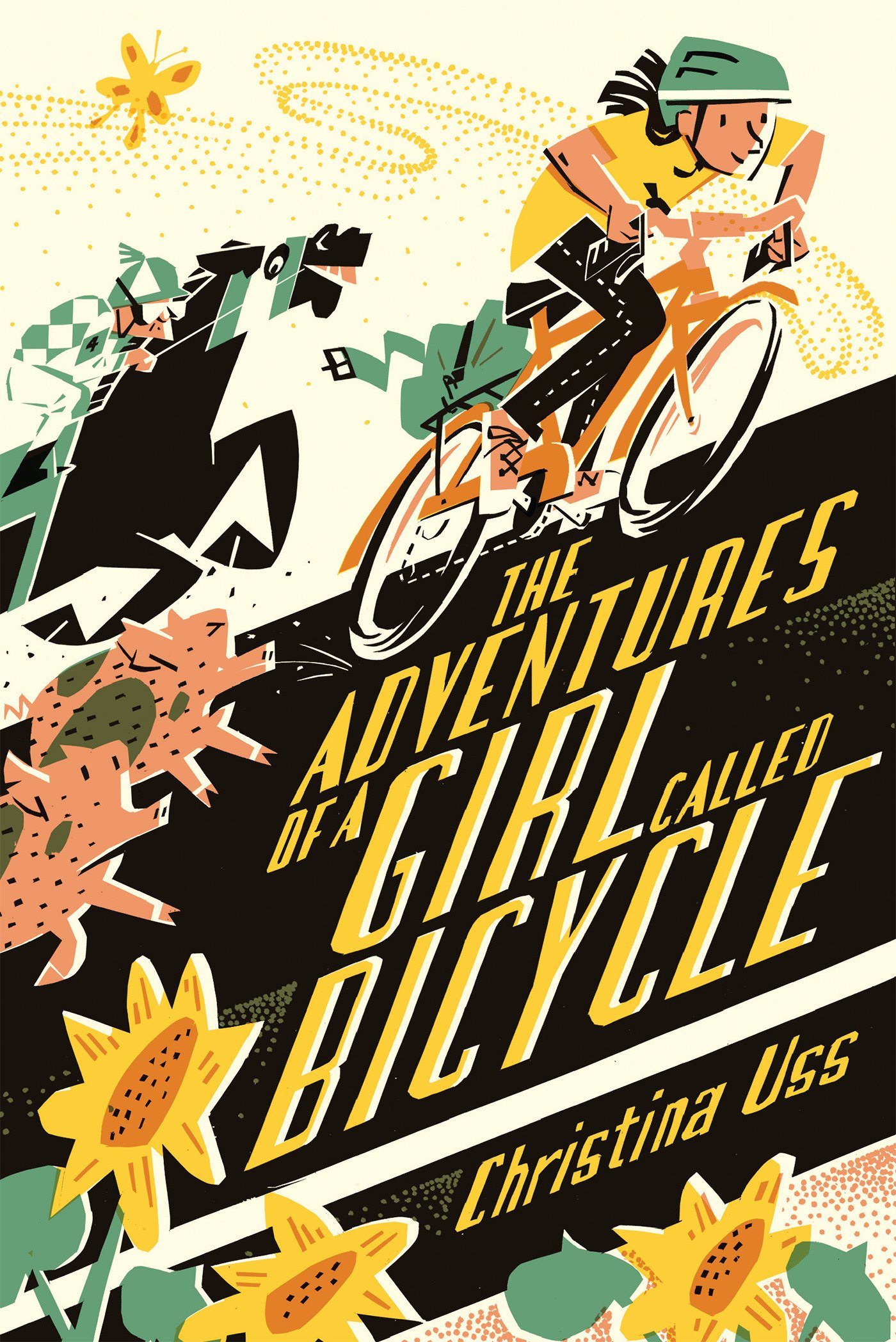







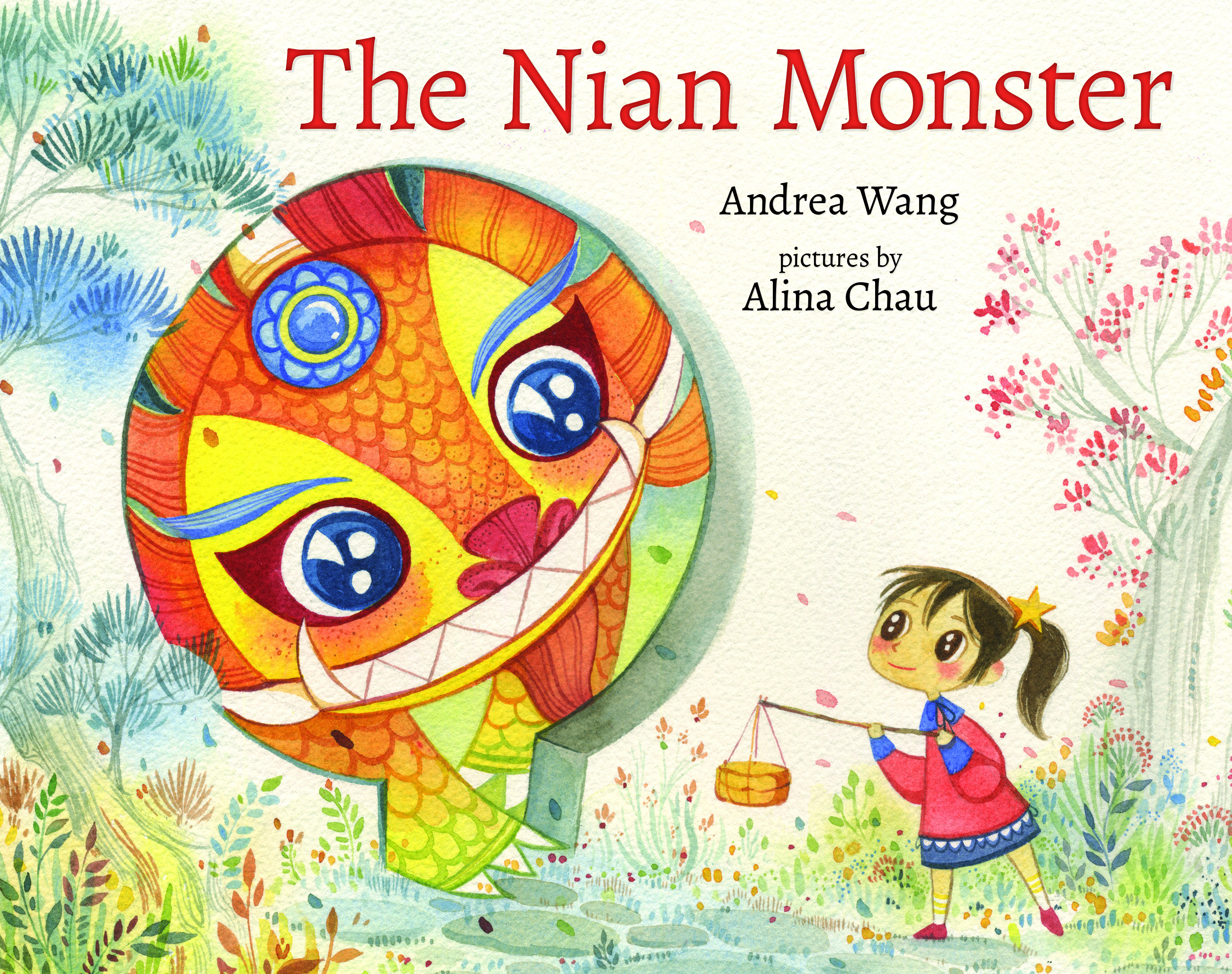
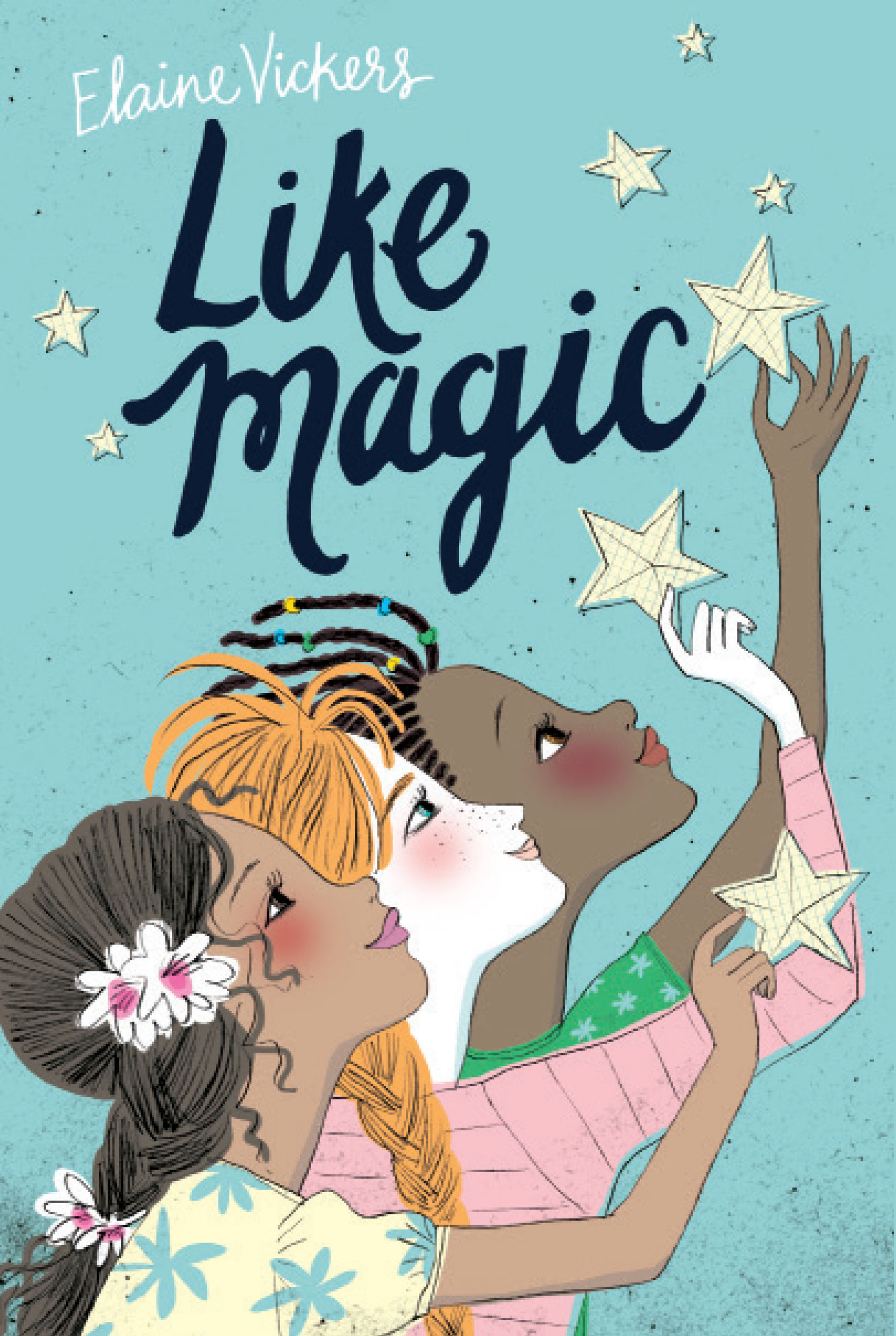
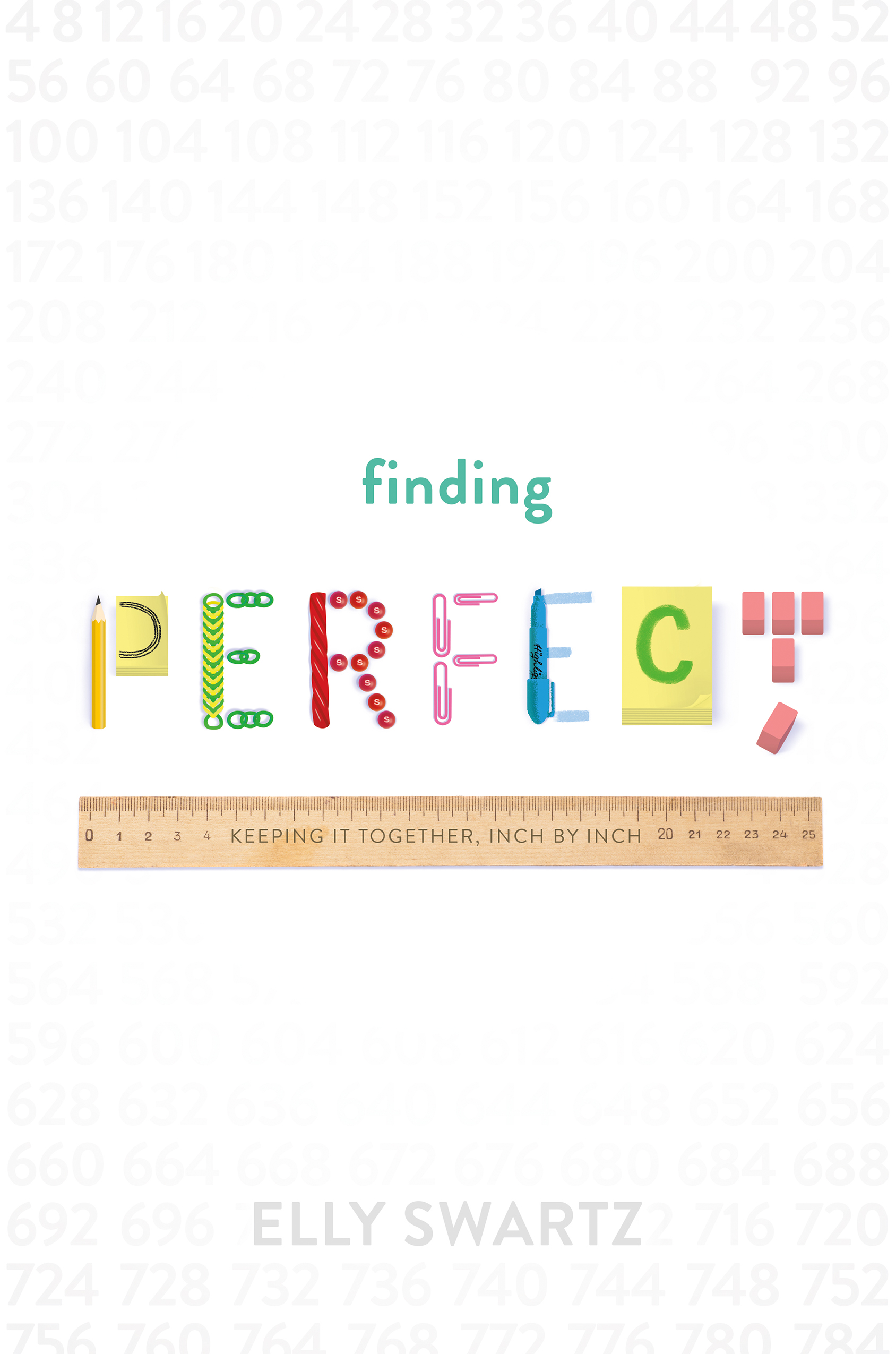
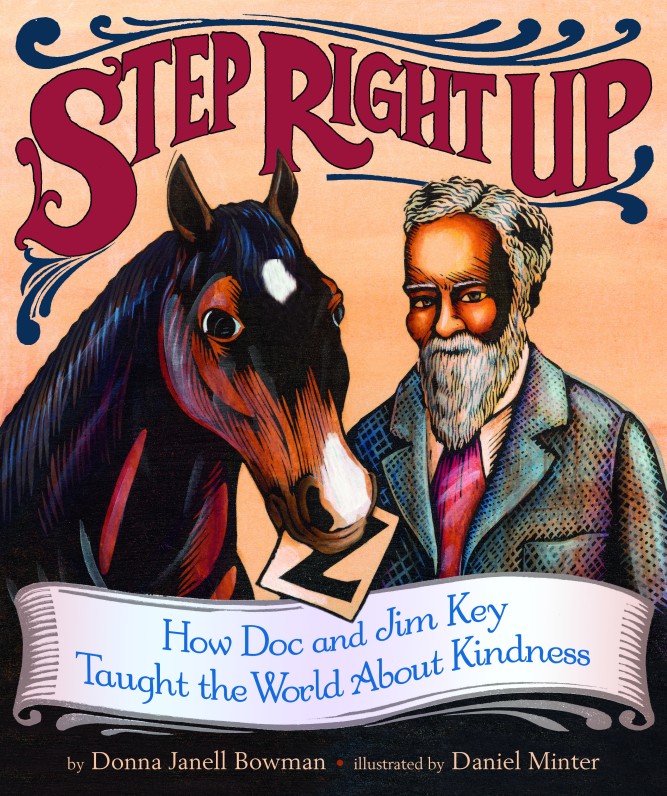
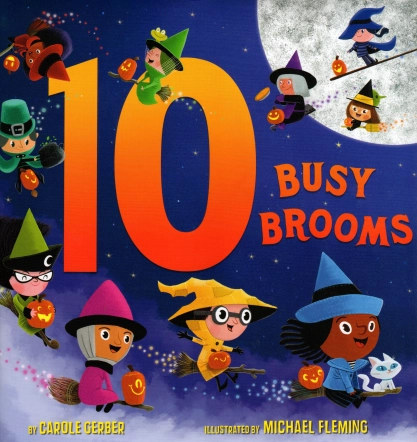

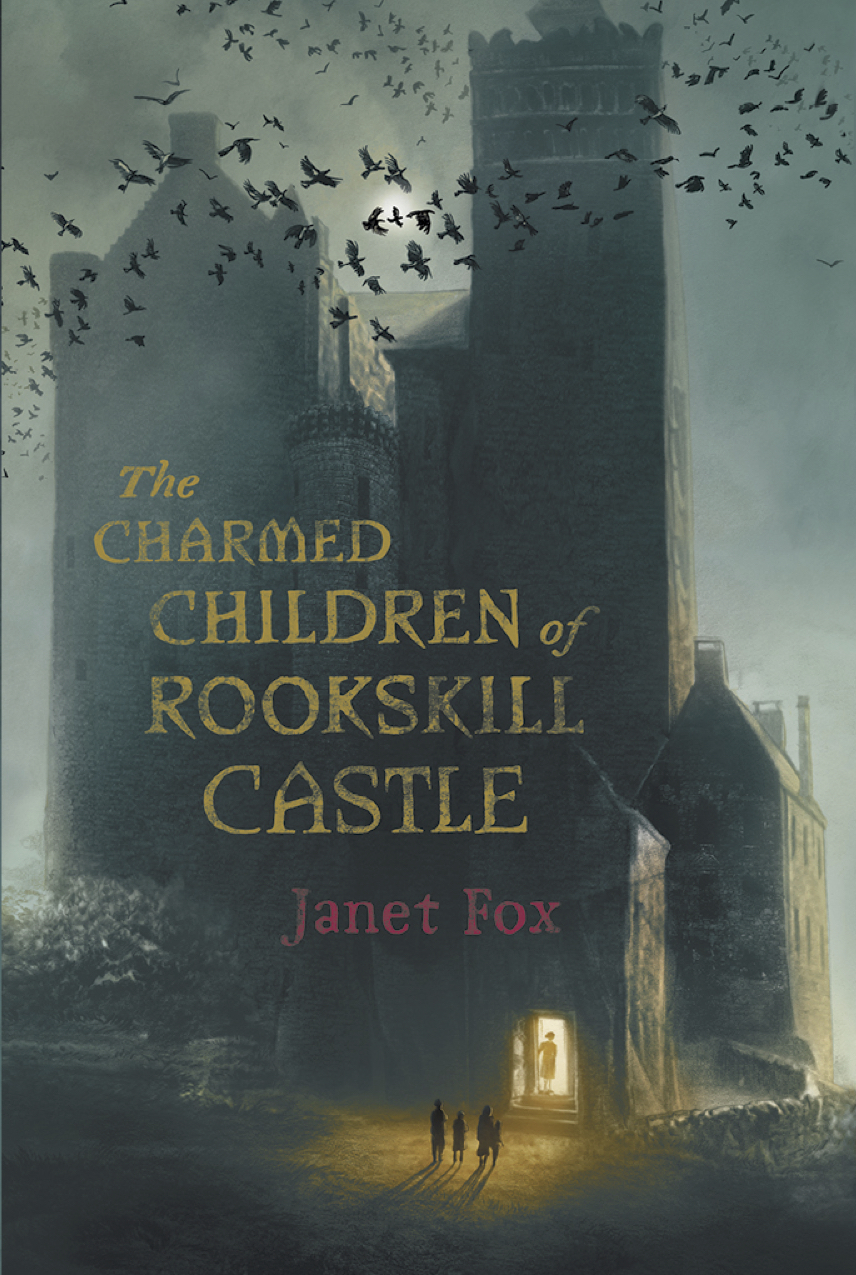
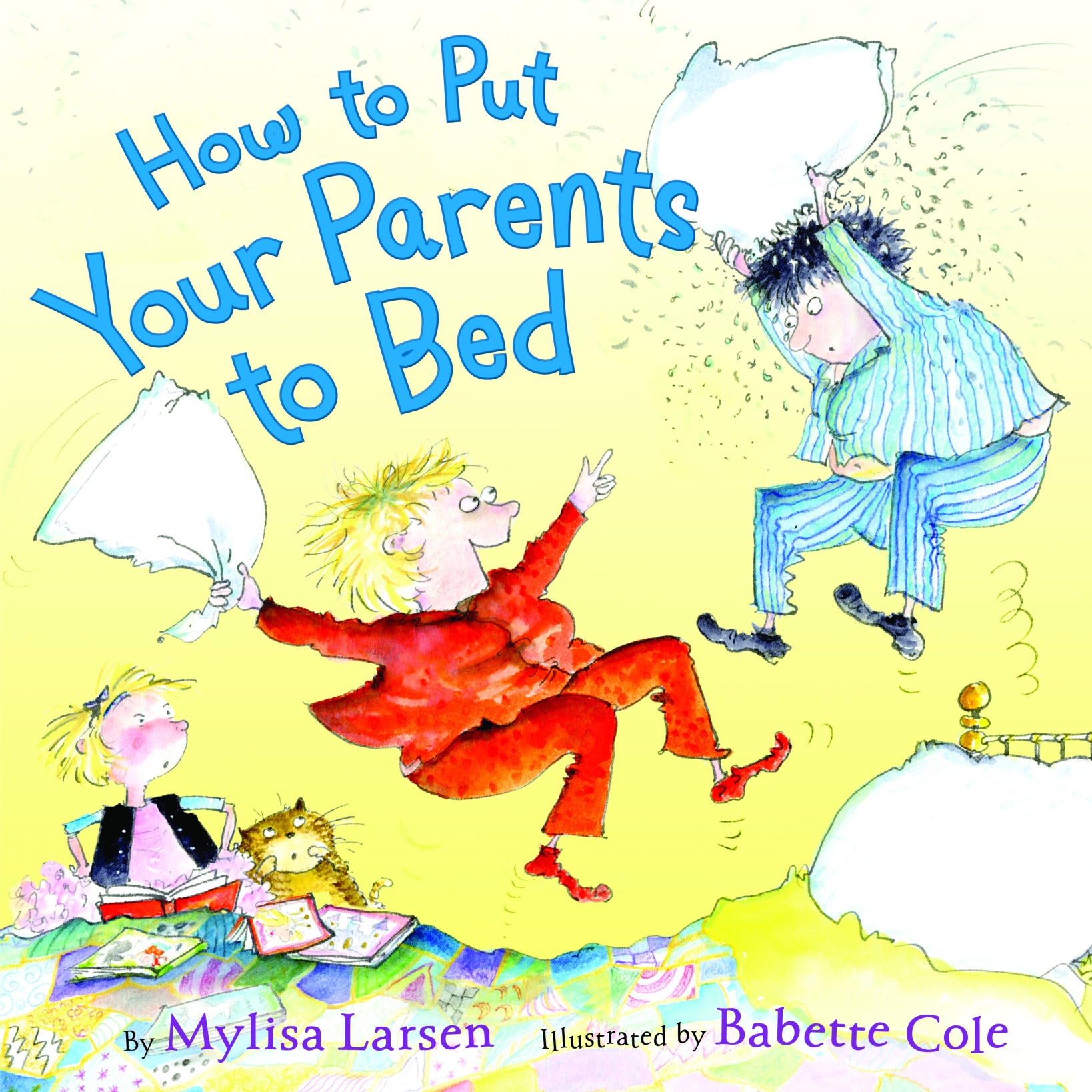



“The squash is going rotten. This I love.”
And I love this line. 🙂
Wonderful interview, Mylisa and Anne! I always love getting a peak behind the scenes at an illustrator’s process.
LikeLike
I received my copy yesterday and having Anne’s input about Sophie’s Squash makes it even that more special. Thanks, Pat and Anne for bringing us this delightful story. And thanks, Mylisa, for this interview.
LikeLike
Mylisa: This is a beautiful interview. Most people I talk to are surprised that I’ve never met Anne or even spoken to her. But it’s true. So I really enjoyed reading her take on she approached her perfect illustratioins for SOPHIE’S SQUASH.
LikeLike
Pingback: Sophie’s Squash–Ripe for the Picking! | EMU's Debuts
Great interview! Illustrators never get enough credit for their contribution to bringing a story to life! That sounds really silly since they are the ones who play the (literal) visual role in a picture book, but how many illustrators are usually interviewed along with the launch of a book? Not many that I’ve seen! This was a very welcome treat for EMU’s Debuts. Thanks!!
And I am absolutely in LOVE with the illustrations of this book. It is a picture book author’s dream to have his/her story made visual in such a masterful way. Pat must have squealed with delight when she first saw what Anne came up with. With Sophie’s personality needing to be so big and strong, while also tender and loving, any illustrator would’ve had a challenging task at hand.
In this case, the marriage of words and art were a perfect — PERFECT — fit. Congratulations to both Anne and Pat!
LikeLike
Thanks for interviewing Anne! And bringing her work and revealing a bit of her creative mind for adoring fans!
LikeLike
Pingback: Sophie’s Squash |
Pingback: Sophie’s Squash |
Pingback: Building A World | EMU's Debuts